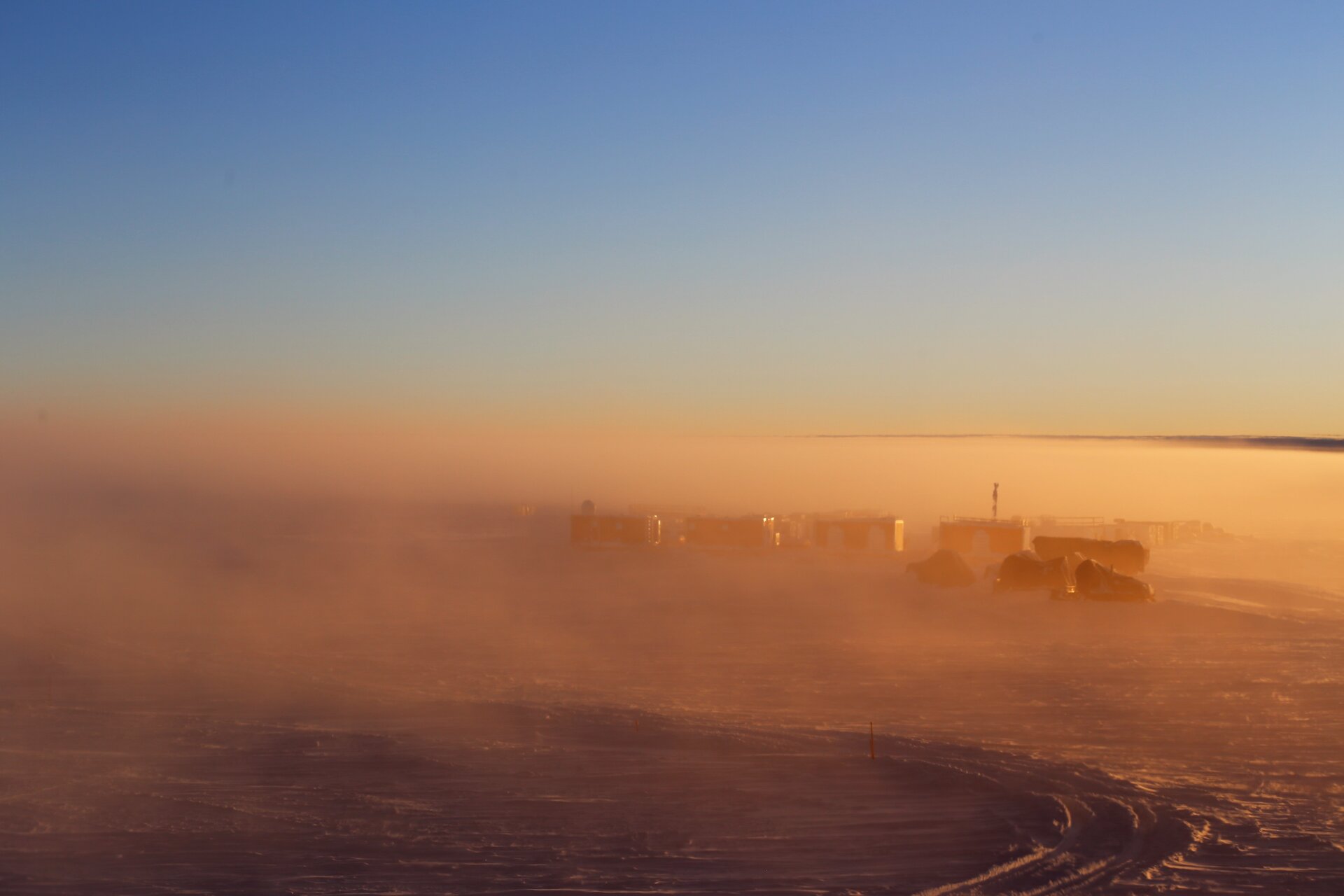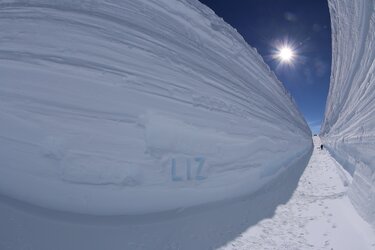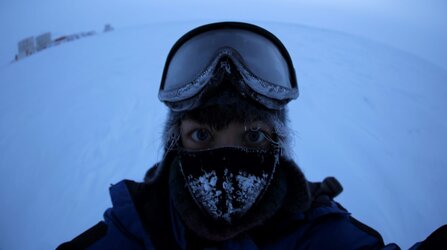Accept all cookies Accept only essential cookies See our Cookie Notice

About ESA
The European Space Agency (ESA) is Europe’s gateway to space. Its mission is to shape the development of Europe’s space capability and ensure that investment in space continues to deliver benefits to the citizens of Europe and the world.
Highlights
ESA - United space in Europe
This is ESA ESA facts Member States & Cooperating States Funding Director General Top management For Member State Delegations European vision European Space Policy ESA & EU Space Councils Responsibility & Sustainability Annual Report Calendar of meetings Corporate newsEstablishments & sites
ESA Headquarters ESA ESTEC ESA ESOC ESA ESRIN ESA EAC ESA ESAC Europe's Spaceport ESA ESEC ESA ECSAT Brussels Office Washington OfficeWorking with ESA
Business with ESA ESA Commercialisation Gateway Law at ESA Careers Cyber resilience at ESA IT at ESA Newsroom Partnerships Merchandising Licence Education Open Space Innovation Platform Integrity and Reporting Administrative Tribunal Health and SafetyMore about ESA
History ESA Historical Archives Exhibitions Publications Art & Culture ESA Merchandise Kids Diversity ESA Brand Centre ESA ChampionsSpace in Member States
Find out more about space activities in our 23 Member States, and understand how ESA works together with their national agencies, institutions and organisations.
Science & Exploration
Exploring our Solar System and unlocking the secrets of the Universe
Go to topicAstronauts
Missions
Juice Euclid Webb Solar Orbiter BepiColombo Gaia ExoMars Cheops Exoplanet missions More missionsActivities
International Space Station Orion service module Gateway Concordia Caves & Pangaea BenefitsLatest
Space Safety
Protecting life and infrastructure on Earth and in orbit
Go to topicAsteroids
Asteroids and Planetary Defence Asteroid danger explained Flyeye telescope: asteroid detection Hera mission: asteroid deflection Near-Earth Object Coordination CentreSpace junk
About space debris Space debris by the numbers Space Environment Report In space refuelling, refurbishing and removingSafety from space
Clean Space ecodesign Zero Debris Technologies Space for Earth Supporting Sustainable DevelopmentLatest
Applications
Using space to benefit citizens and meet future challenges on Earth
Go to topicObserving the Earth
Observing the Earth Future EO Copernicus Meteorology Space for our climate Satellite missionsCommercialisation
ESA Commercialisation Gateway Open Space Innovation Platform Business Incubation ESA Space SolutionsEnabling & Support
Making space accessible and developing the technologies for the future
Go to topicBuilding missions
Space Engineering and Technology Test centre Laboratories Concurrent Design Facility Preparing for the future Shaping the Future Discovery and Preparation Advanced Concepts TeamSpace transportation
Space Transportation Ariane Vega Space Rider Future space transportation Boost! Europe's Spaceport Launches from Europe's Spaceport from 2012Latest

Antarctic mist
Thank you for liking
You have already liked this page, you can only like it once!
As the Northern hemisphere tucks into longer nights, Antarctica bursts into its season of sunlight.
After four months of night, the crew of Concordia research station, located on Dome C in Antarctica, saw first light in August, marking the end of the dreaded winter-over, a period of darkness and isolation.
The arrival of spring means the residents of Antarctica say goodbye to the last true night and those Milky Way views.
Each year, ESA sponsors a research medical doctor through the winter months to run experiments on the rest of the 15-strong crew. There are few other places on Earth that resemble the isolation and extreme climate astronauts will endure on other planets – giving ESA the opportunity to test technology and learn how humans behave in close quarters.
Current ESA-sponsored medical doctor Nadja Albertsen is wrapping up her residency at Concordia.
In addition to running simulations and collecting blood and urine samples, Nadja spent the year blogging about life and science in the Polar Desert. You can find her posts on the Chronicles from Concordia blog. Read also a CNN feature on life at Concordia and how it’s preparing humans for Mars.
Ahead of the influx of summer visitors, the crew are also busy with housekeeping: linens are washed, mattresses are cleaned and changed, and fresh food supplies are on their way.
Concordia hosts up to 80 researchers in the busy summer months who flock to Concordia to check equipment, setup sensors and run experiments for a few weeks.
The next ESA-sponsored medical doctor is Stijn Thoolen. He arrives with and his fellow crew mates for their Antarctic stay in November.
-
CREDIT
ESA/IPEV/PNRA–N. Albertsen -
LICENCE
ESA Standard Licence

Writing on the wall

Antarctic noon

Nadja Albertsen in Antarctica

Contained confinement















 Germany
Germany
 Austria
Austria
 Belgium
Belgium
 Denmark
Denmark
 Spain
Spain
 Estonia
Estonia
 Finland
Finland
 France
France
 Greece
Greece
 Hungary
Hungary
 Ireland
Ireland
 Italy
Italy
 Luxembourg
Luxembourg
 Norway
Norway
 The Netherlands
The Netherlands
 Poland
Poland
 Portugal
Portugal
 Czechia
Czechia
 Romania
Romania
 United Kingdom
United Kingdom
 Slovenia
Slovenia
 Sweden
Sweden
 Switzerland
Switzerland

























